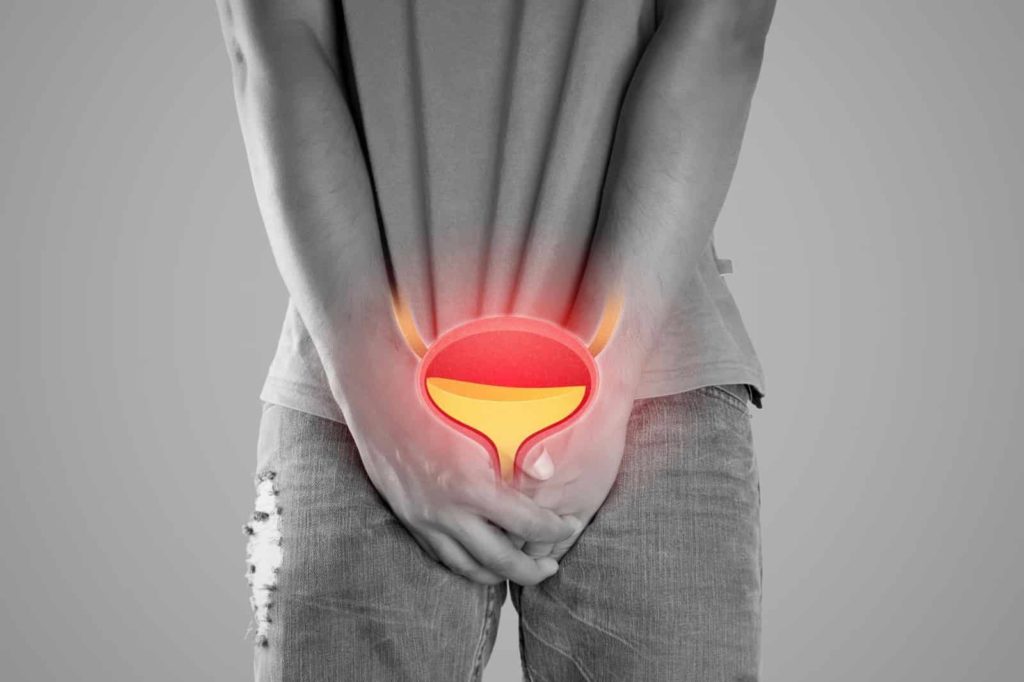Other Urological Problems
- Home
- »
- Other Urological Problems
Other Urological Problems Treatment in Bhopal
Brief: Children with India’s are now are receiving different urologic care in recent years. Urinary tract infections in the past frequently led to significant renal disease in Indian youngsters. Thankfully, this is no longer true. Today, we work to ward off renal illness. We have also made significant strides in assisting youngsters with India’s in becoming dry.
Children frequently develop urological diseases, and a number of those conditions can have long-term effects on the patient. There is a responsibility of care to respond promptly and appropriately to prevent preventable morbidity because many are treatable. The purpose of this page is to assist GPs in properly understanding, evaluating, managing, and referring.

Prostatitis
Epididymis – Orchitis
The epididymitis is made up of several little tubes that serve as sperm storage. Each testicle’s dorsum has it attached. epididymitis, or inflammation of these coiled tubes, is one of the most frequent causes of pain in the scrotum and may be brought on by an infection. The progression of the illness to the testicles is known as epididymo-orchitis.
Various circumstances, such as a urinary tract infection or a sexually transmitted infection, can lead to epididymitis, which is typically a secondary bacterial infection (STI). The bacteria in the urethra, the tube that carries sperm and urine from the penis, go to the epididymis through the urinary and reproductive organs.
Bed rest and antibiotics are two possible treatments. Even when there is no infection, some men can develop chronic epididymitis.
Epididymitis
Scrotal Abscess
STDS
One of the most prevalent infectious diseases in the United States today is sexually transmitted diseases (STDs, often known as venereal diseases). Since many disorders entail the spread of an infectious organism between sex partners, STDs are also known as sexually transmitted infections. According to the CDC, more than 20 different STDs have been identified, and each year in the United States, 19 million men and women become infected (2010).
Depending on the illness, sexual action involving the genital organs, the anus, or the mouth might spread the infection. Sexual activity can also transfer infections through contact with blood.
Other forms of contact hardly ever transfer STDs (blood, body fluids, or tissue removed from an STD infected person and placed in contact with an uninfected person). However, sharing unsterilized needles significantly increases the risk of spreading several illnesses, including STDs (particularly hepatitis B), to other persons. While hepatitis A, C, and E are not officially classified as STDs, they are occasionally recognised to be transmitted during sexual intercourse. As a result, although some authors include them as STDs, others do not. Depending on how regularly or how frequently not an STD is spread by sexual contact, several lists of STDs may exist.
Scrotal Pain
Testicular pain is one of the dangerous health issues that men might easily neglect. Most guys are able to ignore this agony despite it being a quiet killer. You’ll see in the following stages how this agony causes them bodily discomfort.
If you are the kind to get testicular pain, don’t ignore it; instead, see a doctor to have it checked out.
Testicular and scrotal pains are typically brought on by testicular injuries, STIs, or testicular torsion, all of which can result in dangerous damage to the testicles and scrotum if not treated promptly.
Erectile Dysfunction
Erectile dysfunction is a prevalent clinical condition that primarily affects males over the age of 40. The development of erectile dysfunction has been connected to a number of common lifestyle factors, including obesity, little or no physical activity, and symptoms of the lower urinary tract, in addition to the traditional causes of the condition, such as diabetes mellitus and hypertension. Significant progress has been made in the investigation of the link between cardiovascular disease and erectile dysfunction. Since erectile dysfunction is a reliable indicator of coronary artery disease, it is now advised to check the cardiovascular health of non-cardiac patients who come with the condition.
Significant progress has been made in our understanding of the pathophysiology of erectile dysfunction, which ultimately paved the way for the creation of effective oral treatments, such phosphodiesterase type 5 inhibitors. Oral phosphodiesterase type 5 inhibitors, however, have several drawbacks. As a result, current research is looking into cutting-edge therapeutic approaches, such as gene and cell-based technologies, in an effort to find a solution for erectile dysfunction.
